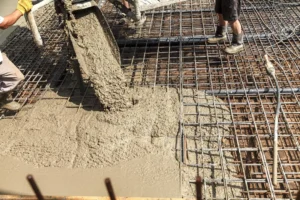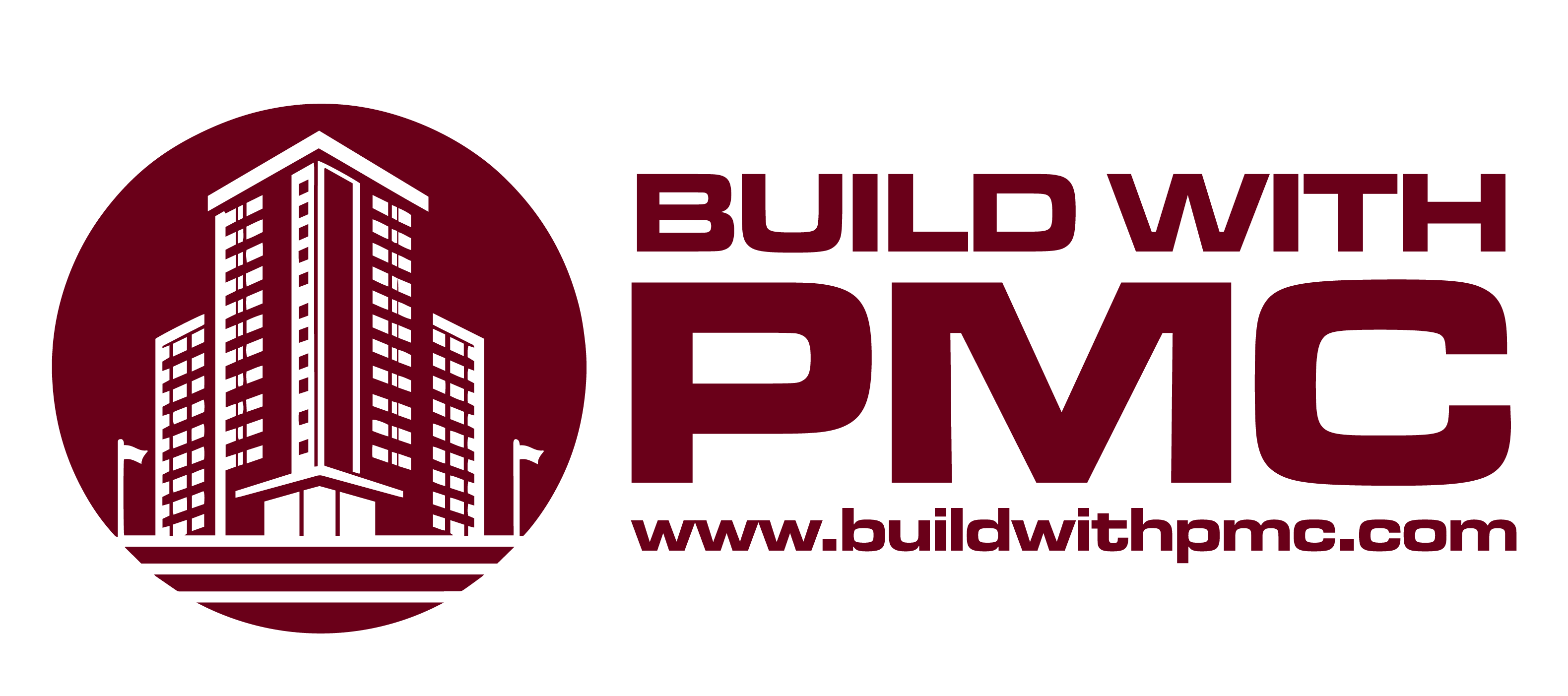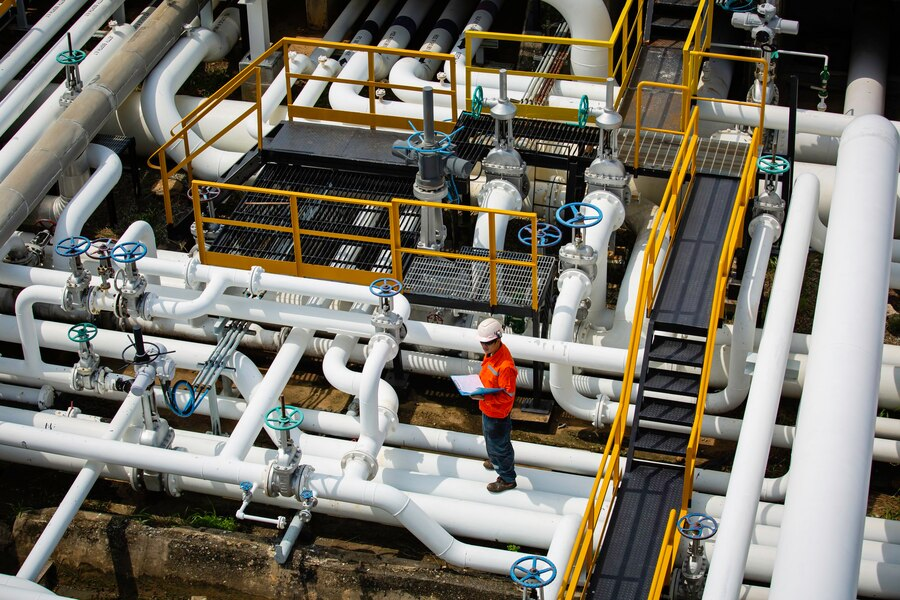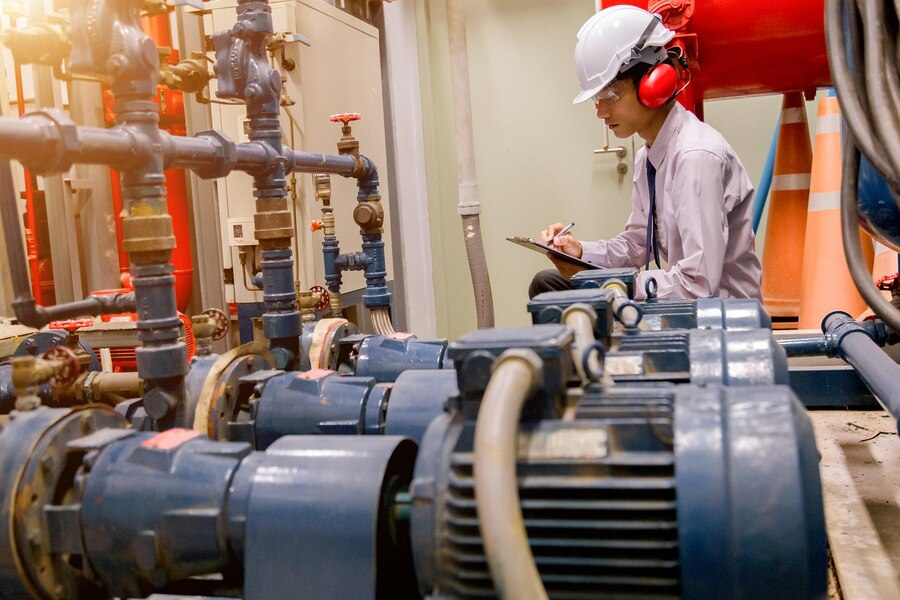Reinforced concrete stands as the backbone of modern construction, enabling the creation of structures that withstand the test of time. But what exactly goes into reinforcing concrete, and why is it so crucial? In this insightful exploration, we delve deep into the intricate process of reinforcing concrete, uncovering the principles that make it a cornerstone of civil engineering. From understanding the materials involved to the techniques employed, we unravel the complexities that transform ordinary concrete into a resilient and durable building material. Join us as we peel back the layers of this fascinating process, shedding light on the crucial role reinforcement plays in enhancing the strength and longevity of concrete structures. Whether you’re a seasoned professional or a curious enthusiast, this journey promises to broaden your understanding of the science and artistry behind one of the most essential components of modern construction.
Breaking Down the Components: Understanding Reinforcement in Concrete Construction
Reinforced concrete stands as a testament to human ingenuity, combining the compressive strength of concrete with the tensile strength of steel to create structures that defy gravity and time. But what exactly goes into this marvel of modern construction? In this exploration, we’ll dissect the components of reinforced concrete, unveiling the synergy between steel reinforcement and concrete mixtures. From rebar types to the intricacies of concrete placement, let’s delve deep into the world of reinforcement in concrete construction.

The Role of Reinforcement in Concrete
Reinforcement in concrete serves a crucial purpose: to bolster its tensile strength. Unlike concrete, which excels in compression, steel reinforcement acts as a skeleton, fortifying the structure against bending, cracking, and other forms of tension. Understanding this symbiotic relationship is key to appreciating the resilience of reinforced concrete.
Types of Reinforcement: Rebar vs. Mesh
Reinforcement comes in various forms, with rebar and mesh being the most common. Rebar, short for reinforcing bar, consists of steel rods or bars strategically placed within the concrete formwork to provide localized reinforcement. On the other hand, mesh reinforcement comprises interconnected steel wires or bars arranged in a grid pattern, offering distributed support across the concrete surface.
Choosing the Right Rebar
Selecting the appropriate rebar for a construction project involves considerations such as diameter, grade, and coating. Thicker rebars are typically used for heavy-duty applications like bridge construction, while epoxy-coated rebars offer protection against corrosion in corrosive environments such as coastal areas.
Understanding Concrete Mix Design
The effectiveness of reinforcement hinges not only on the quality of steel but also on the composition of the concrete mixture. Engineers meticulously design concrete mixes, balancing factors such as water-cement ratio, aggregate size, and admixtures to achieve the desired strength, workability, and durability.
Placing Reinforcement: Best Practices
Proper placement of reinforcement is paramount to the structural integrity of concrete elements. Reinforcing bars should be positioned according to engineering specifications, ensuring adequate cover and spacing to prevent corrosion and facilitate concrete consolidation during pouring.
Strength in Unity: Exploring the Role of Reinforcement in Concrete Structures
Reinforced concrete is a marriage of materials—steel and concrete—each bringing its unique strengths to the table. In this exploration, we unveil the symbiotic relationship between these components, delving into how reinforcement enhances the structural integrity and resilience of concrete structures.
- Complementing Strengths: Concrete excels in compression, while steel provides tensile strength. Reinforcement combines these strengths, creating structures that withstand a wide range of forces, from gravity loads to environmental pressures.
- Preventing Cracking and Deflection: Without reinforcement, concrete is prone to cracking and deflection under tension. Steel rebars or mesh strategically placed within the concrete matrix distribute loads and mitigate these risks, ensuring structural stability.
- Flexibility in Design: Reinforcement offers architects and engineers greater flexibility in design, enabling the creation of slender, lightweight structures with expansive open spaces. This flexibility allows for innovative and aesthetically pleasing architectural solutions.
- Durability and Longevity: By resisting corrosion and degradation, steel reinforcement enhances the durability and longevity of concrete structures. Properly designed and maintained, reinforced concrete can withstand the test of time, requiring minimal maintenance over its lifespan.
From Blueprint to Reality: The Process of Reinforcing Concrete in Construction Projects
Every monumental structure begins as an idea etched onto paper—a blueprint that outlines its form, function, and structural integrity. But it’s the meticulous execution of these plans that transforms vision into reality. In the realm of construction, the process of reinforcing concrete bridges the gap between concept and creation, turning architectural designs into tangible structures that stand the test of time. Join us on a journey from blueprint to reality as we explore the intricate process of reinforcing concrete in construction projects.
Blueprint Analysis and Structural Design
The journey begins with a thorough analysis of architectural blueprints and engineering drawings. Structural engineers meticulously calculate loads, stresses, and other forces acting on the building to determine the optimal reinforcement requirements. This stage lays the groundwork for the structural integrity of the future construction.
Material Selection and Procurement
With the design parameters established, attention turns to selecting the appropriate materials for reinforcement. Engineers consider factors such as steel grade, rebar diameter, and concrete mix design to meet the project’s specific needs. Procurement teams source high-quality materials from trusted suppliers, ensuring consistency and reliability in construction.
Formwork Installation
Before concrete can be poured, formwork—a temporary mold—must be erected to shape the structure. Formwork installation requires precision and attention to detail, as it dictates the final dimensions and alignment of the reinforced concrete elements. Properly constructed formwork provides the framework for a successful pour.
Reinforcement Placement and Layout
With the formwork in place, skilled laborers begin the intricate process of placing and securing reinforcement within the mold. Rebar or mesh is carefully positioned according to engineering specifications, ensuring adequate coverage and spacing to withstand the anticipated loads. This step lays the foundation for the structural integrity of the concrete.
Concrete Mixing and Pouring
Once reinforcement is securely in place, the concrete mixing and pouring phase commences. Concrete trucks deliver the specified mix to the construction site, where it is carefully poured into the formwork. Vibrators are used to eliminate air pockets and ensure proper compaction, maximizing the strength and durability of the concrete.
Conclusion
Understanding the process of reinforcing concrete is essential for ensuring the structural integrity and longevity of construction projects. From the selection of materials to the placement of reinforcements and the curing process, every step plays a crucial role in creating robust and durable concrete structures. By grasping the intricacies involved, builders and engineers can optimize their designs and construction methods, ultimately leading to safer and more resilient buildings and infrastructure.
For further inquiries or to consult with experts in Southern California about reinforcing concrete for your upcoming project, feel free to reach out to PMC INC at 562-905-3101. Our experienced team is dedicated to providing top-notch solutions tailored to your specific needs and requirements. Let’s build stronger together!




